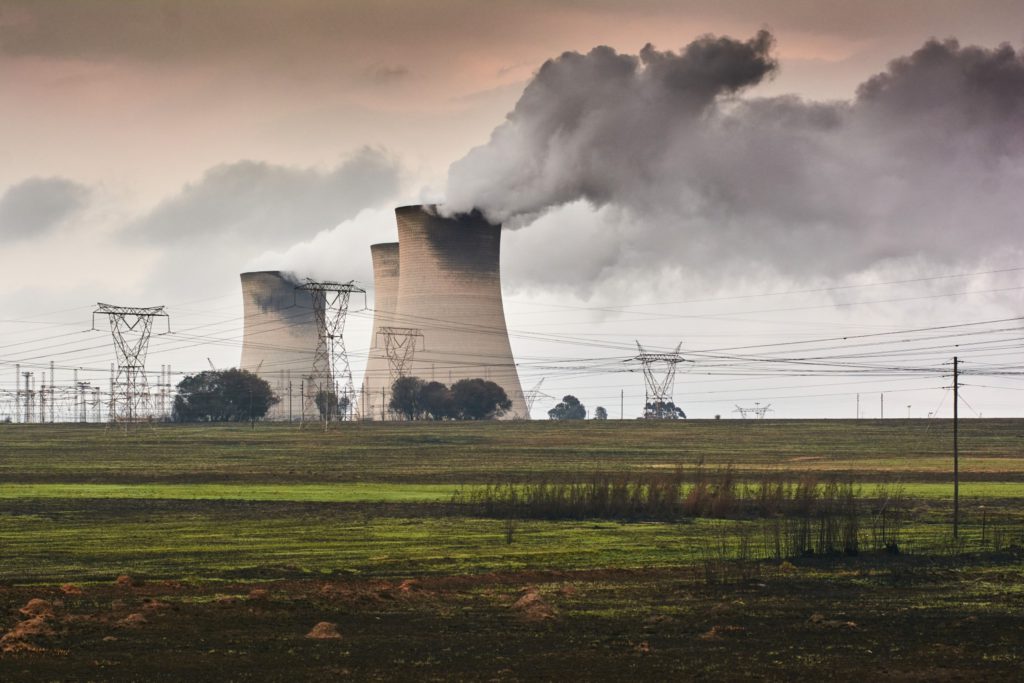(Bloomberg) — Eskom Holdings SOC Ltd., the world’s biggest emitter of the pollutant sulfur dioxide, said retrofitting about half of its coal-fired plants with pollution cutting equipment would cost more than 300 billion rand ($20 billion) and boost electricity costs.
The state-owned South African utility said it has applied for an exemption from complying with national emission limits for its power plants that are scheduled to close by 2030 and asked for a higher limit for six of its stations that will operate beyond 2030. Of its two newest plants, so-called flue-gas desulfurization equipment has been installed at Kusile and will be retrofitted at Medupi.
“Eskom’s power stations with the exception of Medupi and Kusile were built at a time where there was no legal requirement for the installation of sulfur dioxide reduction technologies,” the Johannesburg-based company said in a response to queries Wednesday.
Eskom was this week named by the Centre for Research on Energy and Clean Air, or CREA, as the world’s biggest producer of the pollutant linked to ailments ranging from asthma to heart attacks. While South Africa cut the permissible amount of emission of sulfur dioxide to 1,000 milligrams per normal cubic meter from 3,500 milligrams last year, that limit is a multiple of that enforced in other major coal producers such as India and China.
Positive, Negative
“The implementation of flue-gas desulfurization at the stations operating post-2030 should be considered in terms of return on investment and balancing the positive and negative impacts on the environment and communities exposed to pollution,” Eskom said.
If the technology, the only one currently available to reduce emission of the pollutant to current emission limits, is retrofitted to the six plants that will operate post 2030 it will boost annual costs by 5.9 billion rand, necessitating a 7% to 10% rise in electricity prices, Eskom said. It will also increase the company’s water consumption by 59 million cubic meters a year and produce an additional 9.7 million tons of waste, it said.
Still, other major emitters of sulfur dioxide — China, India, the U.S. and the European Union — have slashed emissions by closing coal-fired plants in recent years or fitting them with the equipment.
While Eskom produced 1,600 kilotons of the pollutant in 2019, all of the power plants in China now produce just 780 kilotons a year, down from 13,000 kilotons in 2006.
Eskom has disputed a study that ties its emissions to more than 2,000 deaths a year, though it said in 2019 that its pollution kills 320 people annually.
The utility, which has about 40,000 megawatts of installed coal-fired capacity, is more than 400 billion rand in debt.
(Updates with Eskom’s generation capacity in last paragraph)
More stories like this are available on bloomberg.com
©2021 Bloomberg L.P.











